In an era driven by data, governments must move beyond traditional decision-making processes and embrace technology to drive efficiency, transparency, and accountability. State Dashboards have emerged as powerful tools that consolidate vast amounts of data into interactive, real-time insights, enabling policymakers to make informed decisions that impact millions of citizens.
 (1).jpg)
The Shift from Automation to Data-Driven Governance
For the past two decades, the focus of IT projects in government has been on automating processes, leading to vast repositories of data. However, data without actionable insights remains underutilized. The next logical step in governance is to transform this raw data into meaningful intelligence that guides policies and optimizes public service delivery.
State Dashboards bridge this gap by offering a centralized platform that provides real-time access to key performance indicators (KPIs), historical trends, and predictive analytics. By visualizing complex datasets, governments can proactively respond to challenges, allocate resources efficiently, and enhance public service outcomes.
Key Benefits of State Dashboards in Decision-Making
1. Real-Time Data for Timely Action
Government leaders need timely and accurate data to make effective decisions. State Dashboards aggregate data from multiple sources and present it in an intuitive format, allowing decision-makers to respond to emerging issues instantly. Whether it’s tracking healthcare infrastructure, monitoring crime rates, or assessing the impact of welfare programs, dashboards provide a live view of government operations.
2. Enhanced Transparency and Accountability
Transparency is crucial for building public trust in governance. State Dashboards make data publicly accessible, allowing citizens, media, and watchdog organizations to evaluate the effectiveness of government initiatives. This level of openness holds departments accountable and encourages better performance.
3. Data-Driven Policy Formulation
Rather than relying on intuition or historical practices, policymakers can use dashboards to analyze trends and forecast outcomes. For instance, by examining past economic indicators and employment rates, governments can design policies that address unemployment proactively. Similarly, dashboards can track the success of education programs, enabling data-driven improvements.
4. Optimized Resource Allocation
Governments operate with finite resources, making it essential to allocate budgets and manpower effectively. Dashboards offer insights into which programs are delivering results and which require adjustments, ensuring that funds are directed toward initiatives that maximize public benefits.
5. Inter-Departmental Collaboration
Many government challenges span across multiple departments. A State Dashboard serves as a unified platform where agencies can share insights, coordinate responses, and avoid redundant efforts. For example, disaster management efforts can be streamlined by integrating weather data, infrastructure availability, and emergency response metrics in one place.
.jpg)
Global Best Practices of State Dashboards
Governments worldwide are embracing the potential of dashboards to enhance their decision-making capabilities. CSM Tech’s Chief Minister Dashboard, for instance, provides a seamless, intuitive, and interoperable solution that integrates Visualization and Advanced Analytics tools like SAS and Tableau. SaaS-based Predictive Analytics implemented by CSM for Odisha Mining achieved 98% accuracy in mining revenue forecasts. This enabled optimized resource allocation, market anticipation, and improved profitability through data-driven insights. The CSM developed COVID Dashboard for Odisha and Bihar enabled authorities to make informed decisions by providing real-time insights into migrant influx, hospital bed availability, and test kit stocks. By analyzing trends, policymakers efficiently allocated resources, expanded healthcare facilities, and ensured timely availability of test kits. This proactive approach helped in better planning, reducing hospital overcrowding, and improving pandemic response. The Integrated Command & Control Centers (ICCC) of Bhopal, Pune, and Surat have adopted ICCC dashboards to monitor traffic, waste management, streetlights, and emergency services, improving urban governance. Using IoT sensors and AI-driven analytics they optimize urban mobility and resource allocation. Such platforms enable top-level administrators to gain granular insights into government schemes and policies, ensuring improved governance and citizen satisfaction.
The European Union’s Copernicus Climate Change Service provides real-time climate data, tracking temperature changes, carbon emissions, and extreme weather events to guide environmental policies. Estonia’s e-Governance Dashboard allows citizens and businesses to access services like tax filing, healthcare, and voting online, making governance seamless. Block chain integration helps for secure digital identities and governance. Singapore’s Smart Nation Dashboard tracks real-time data on public transportation, smart buildings, and environmental factors. The IoT-powered predictive maintenance for infrastructure and AI-driven traffic optimization. AI-driven climate modelling is used for better disaster preparedness and policy interventions.
State Dashboards are transforming governance globally by enhancing efficiency, transparency, and real-time decision-making. Advanced technologies like AI, IoT, and big data analytics further optimize their impact, driving smarter governance and sustainable development worldwide.
.jpg)
The Road Ahead
To fully capitalize on State Dashboards, governments must continue investing in data integration, AI-powered analytics, and training for decision-makers. As technology evolves, future dashboards will incorporate more predictive and prescriptive analytics, enabling governments to anticipate challenges before they arise and respond with greater agility.
The transition from automated governance to data-driven governance is no longer an option—it’s a necessity. With State Dashboards leading the way, governments can unlock a new era of smarter, more effective policymaking that enhances the lives of citizens and ensures sustainable development for years to come.










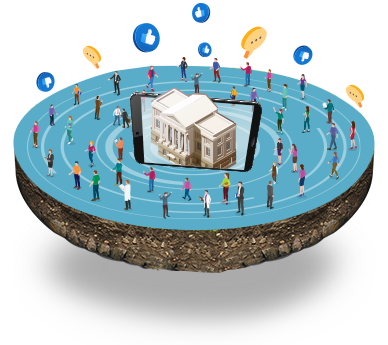
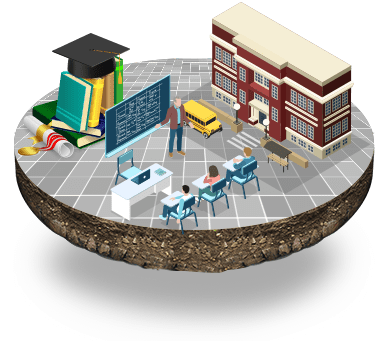
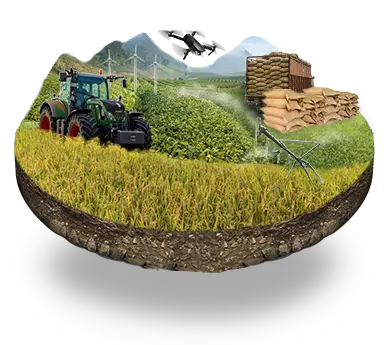
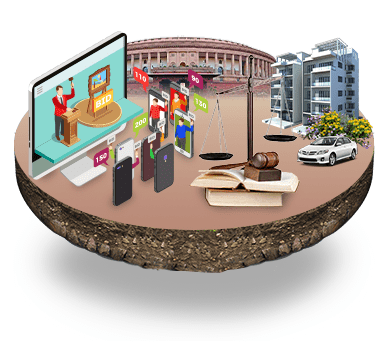
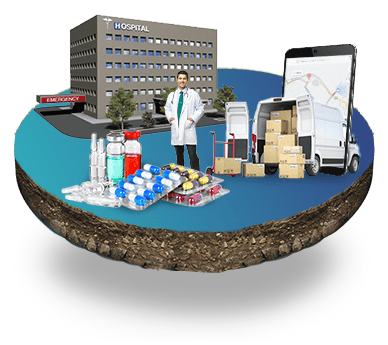




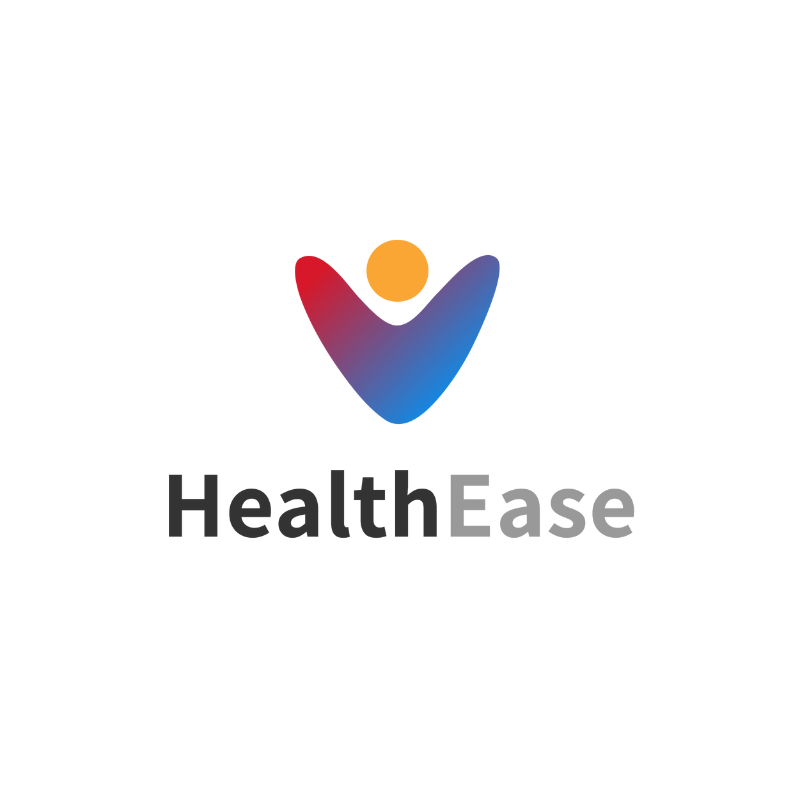


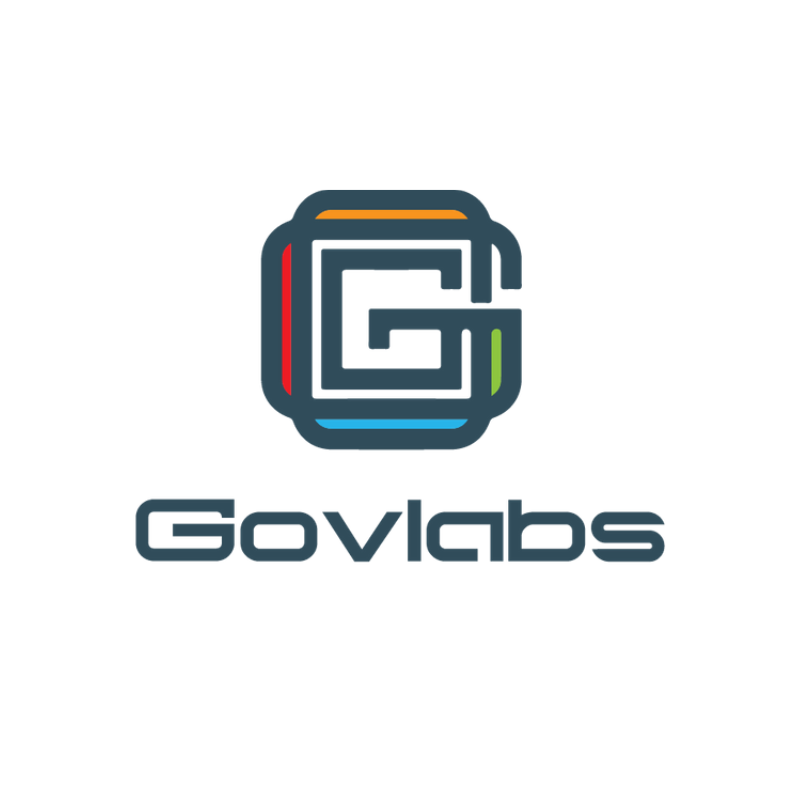
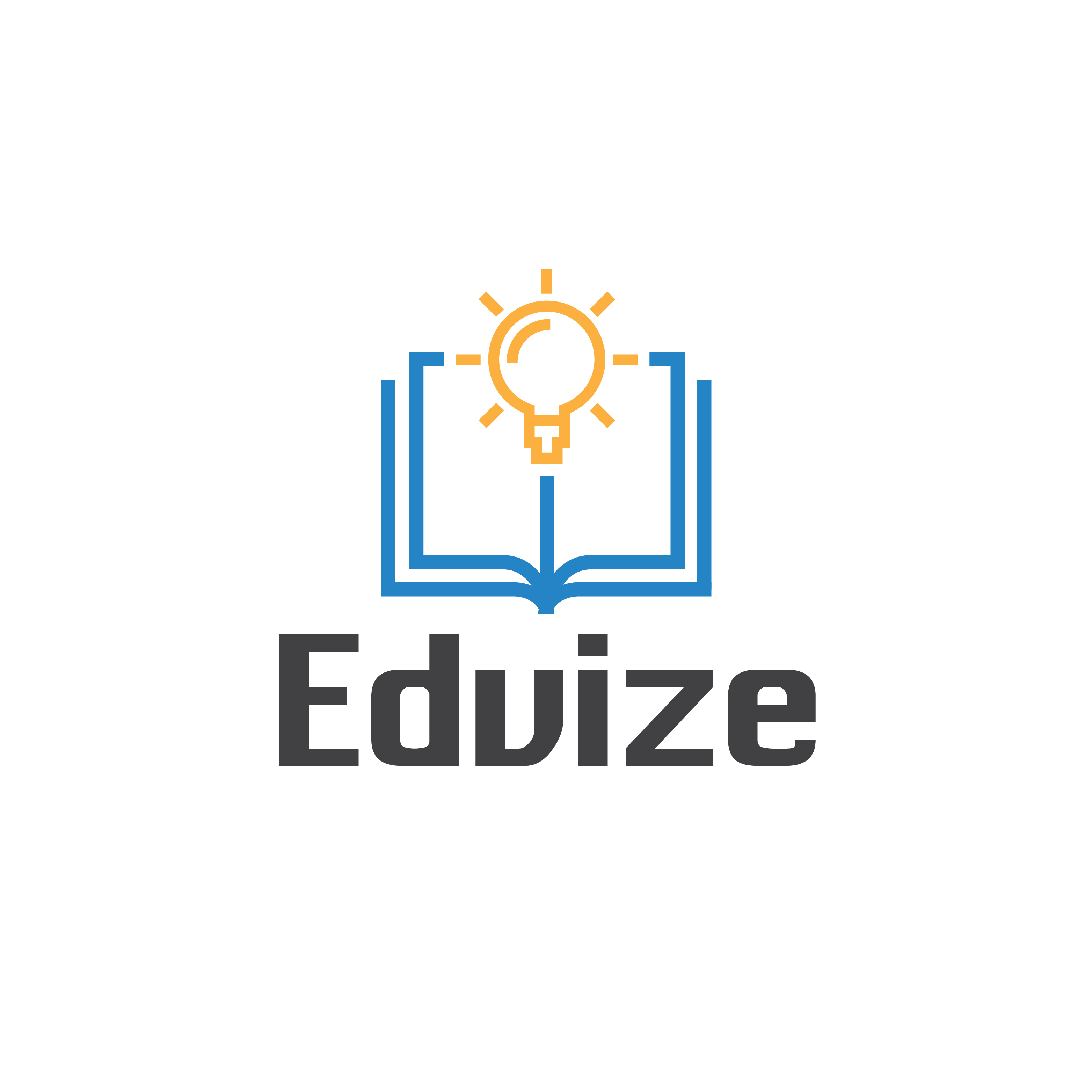

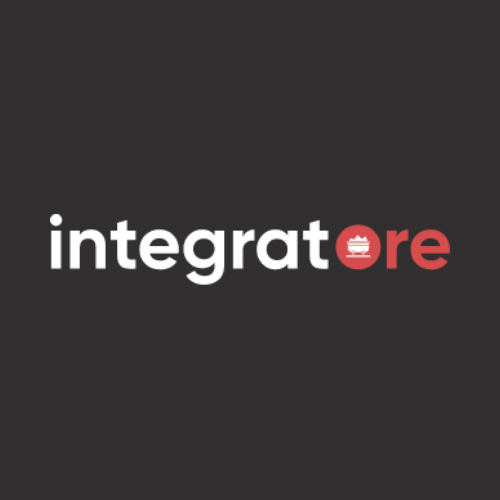
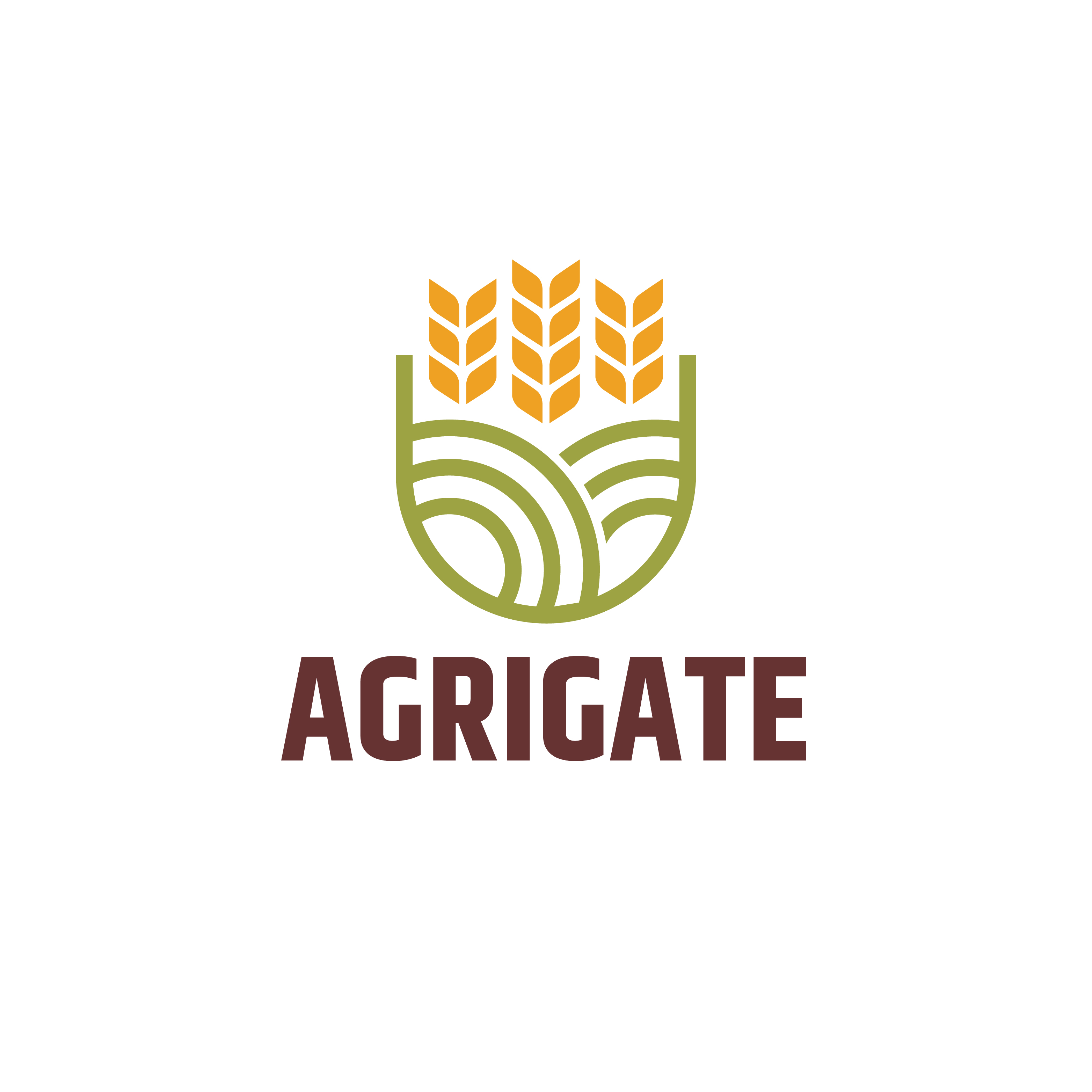

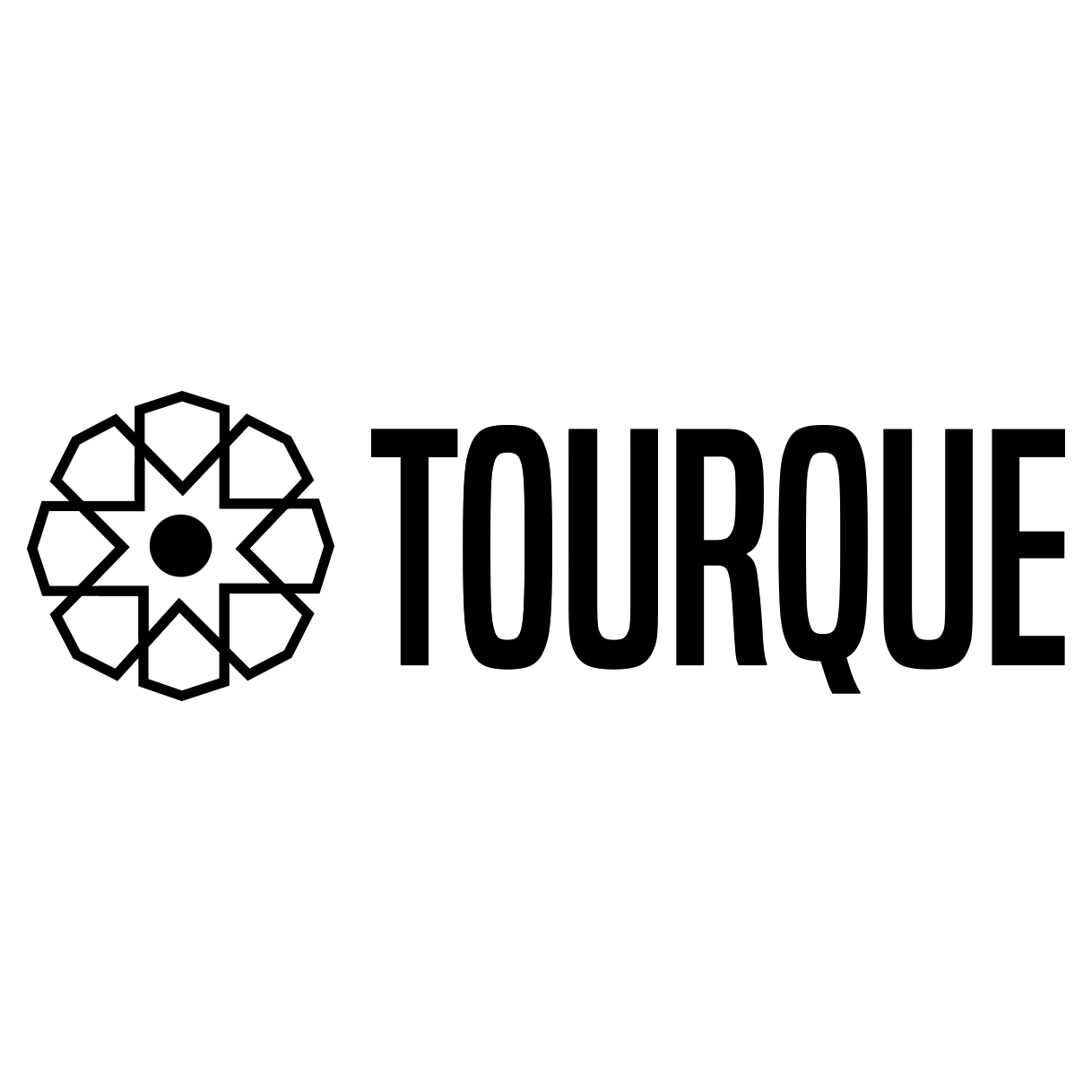






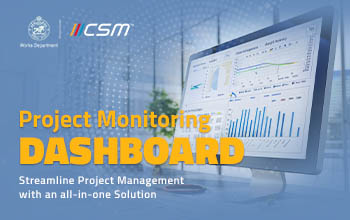

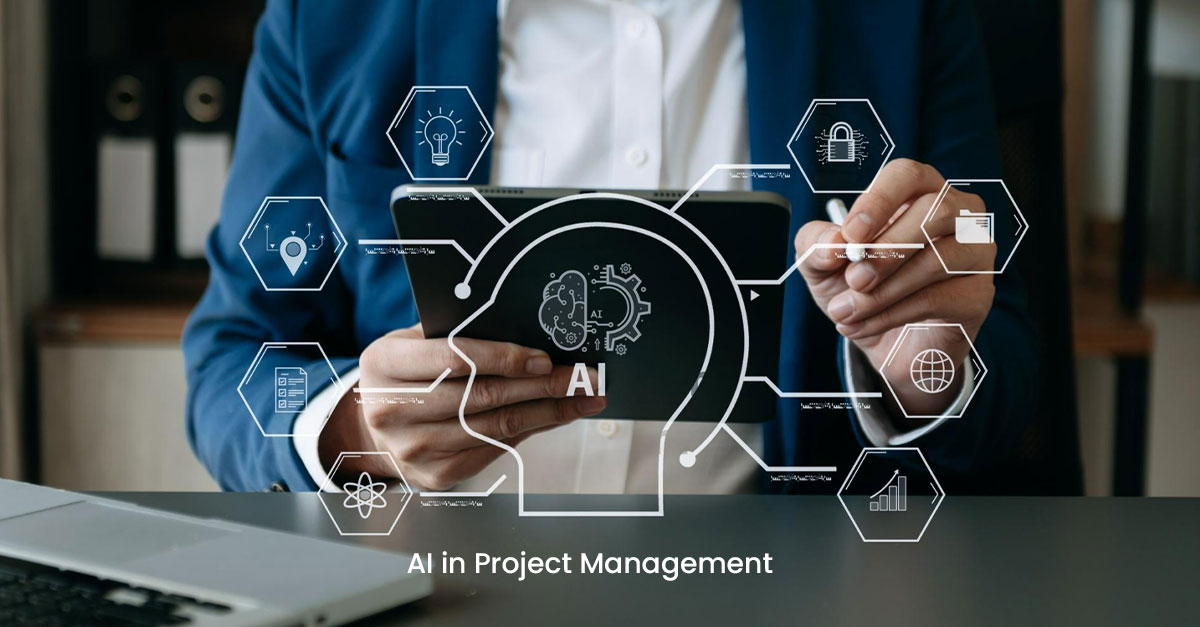
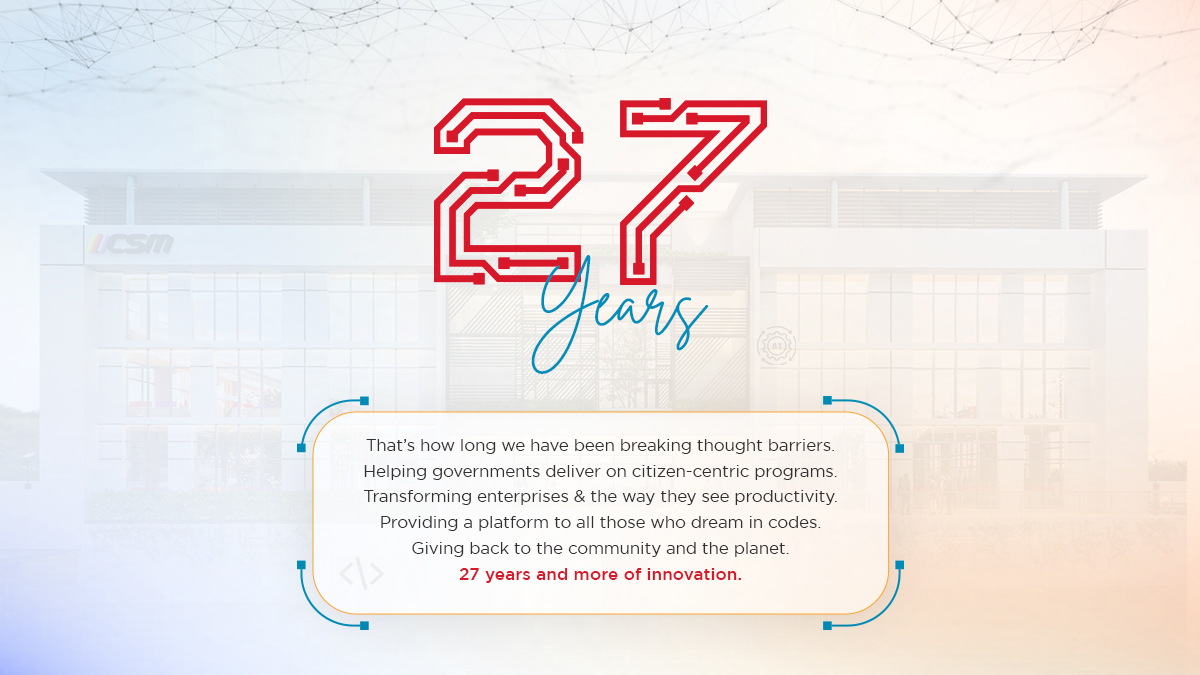










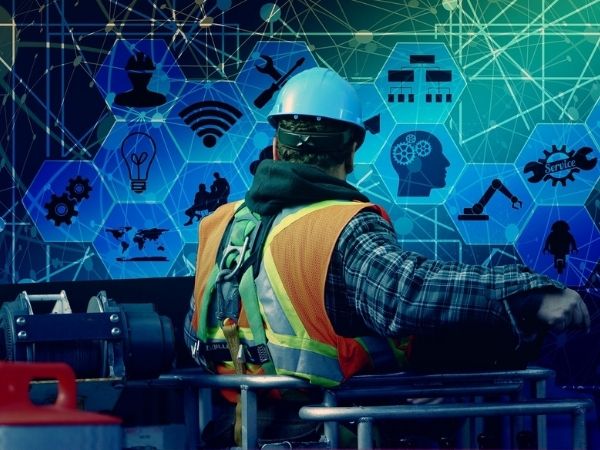



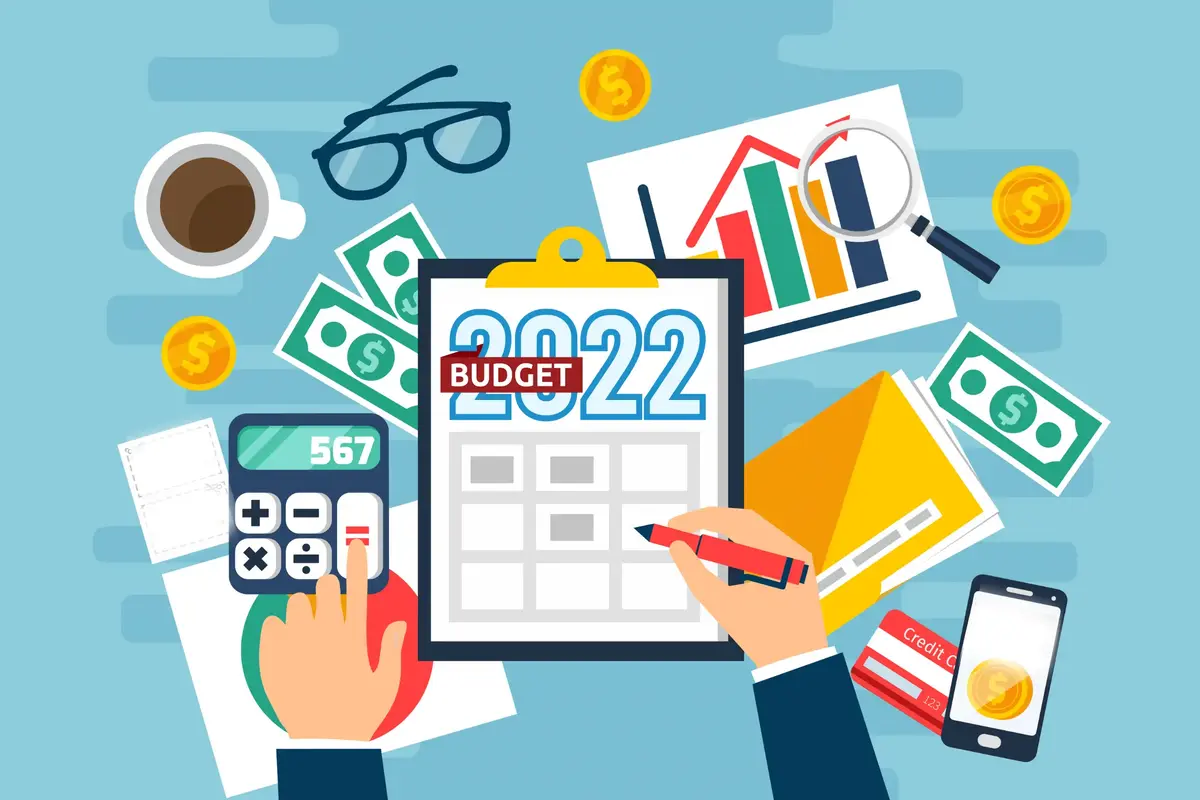

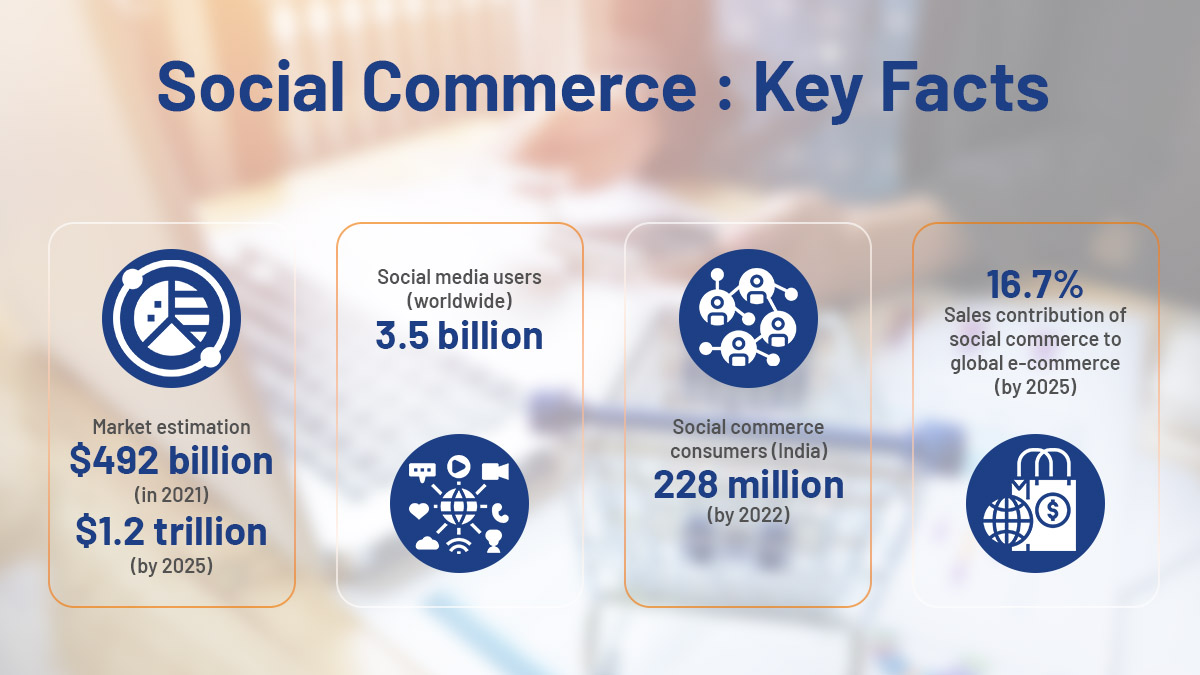


We will verify and publish your comment soon.